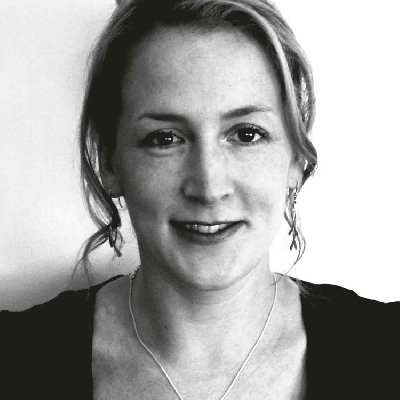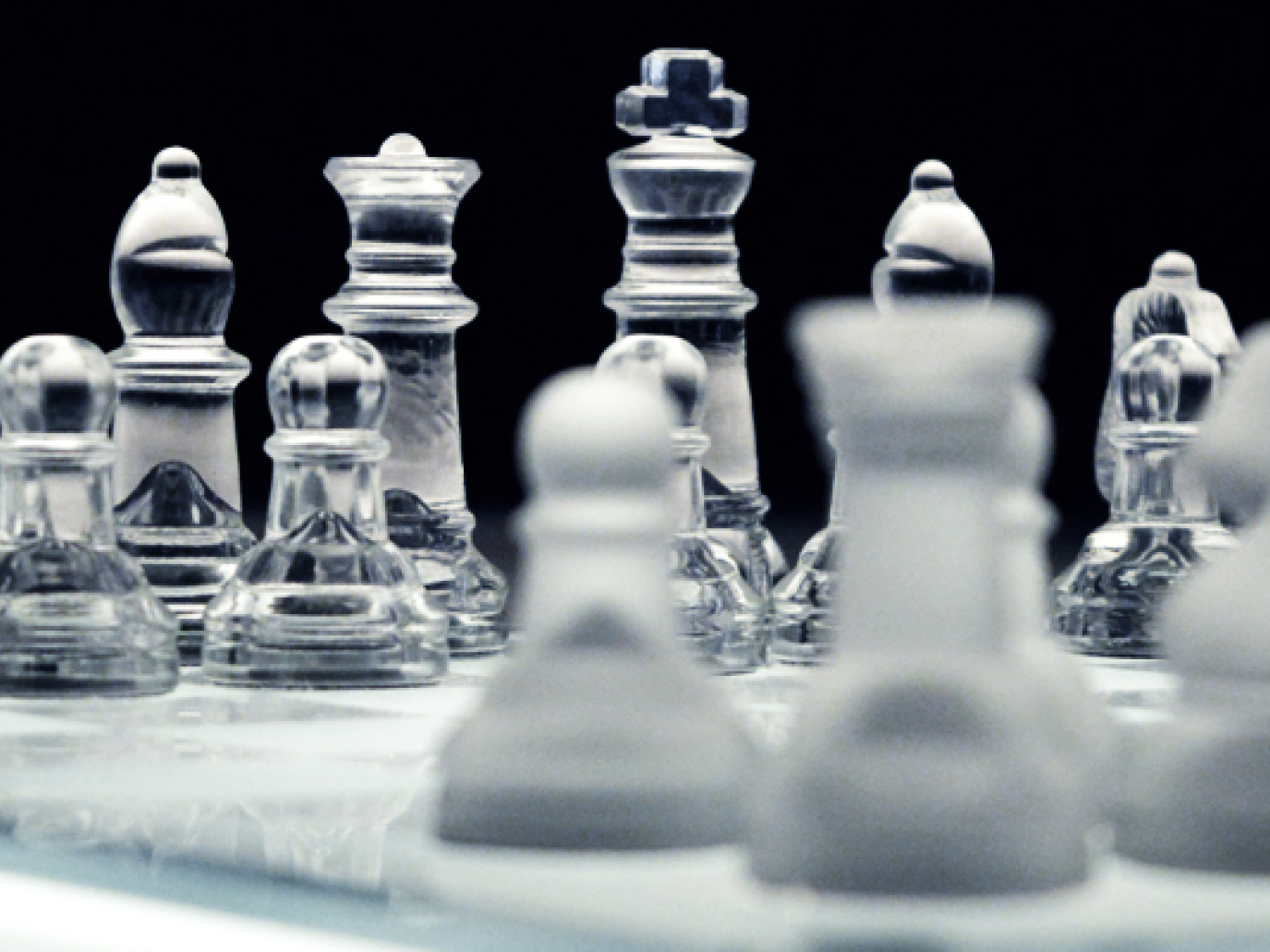On the quest to develop a circular economy for Europe, leadership has now been passed from the European Commission to the Parliament and Council. With amendments drafted and discussions continuing in earnest, voting is due to take place in the coming months. To gain a deeper insight into the priorities and objectives of the European Parliament we spoke with some of its most influential MEPs, spearheading work on the topic, including rapporteur on the Circular Economy Package Simona Bonafé (Progressive Alliance of Socialists and Democrats) and shadow rapporteurs Josu Juaristi Abaunz from the European United Left/Nordic Green Left, Piernicola Pedicini, from the Europe of Freedom and Direct Democracy Group, and Nils Torvalds from Alliance of Liberals and Democrats for Europe.
Despite divergent political orientations, the answer to the key question of who or what stands to gain the most from the adoption of a circular economy comes back loud and clear: the environment, the economy and European citizens. But, important details still remain to be clarified, including the means to tackle barriers to market access for clean tech solutions, such as subsidies for carbon-intensive sectors, and how best to establish targets and measures to help reduce, reuse and recycle products and waste, without distorting markets or impacting jobs and growth.
The challenge, facing these thought leaders, will be to strike the right balance between ambitious objectives for the economy, the environment and its citizens with pragmatic solutions which can be implemented at national and regional level. Together they aim to craft policy which reigns in older, resource intensive industries whilst enabling emerging sustainable, competitive ones. In this edition of Renewable Matter they reveal some of their touchstones for delivering the economy of the future.
 Interview with Simona Bonafè, Group of the Progressive Alliance of Socialists and Democrats (S&D)
Interview with Simona Bonafè, Group of the Progressive Alliance of Socialists and Democrats (S&D)
Ms Bonafè is Rapporteur on the EU’s Circular Economy Package. In this role Ms Bonafe is tasked with outlining Parliament’s position on the proposal and with representing MEPs during the trilogues with Commission and European Council. As MEP, Ms Bonafè is a member of the Environment, Public Health and Food Safety committee and a substitute member of the Committee on Industry, Research and Energy.
Who, in your opinion, will be the “winners and losers” in the transition towards a circular economy?
“I would start by saying that today, in Europe, with the current linear economic system there are about 600 million tonnes of potentially reusable waste that loses value and is completely excluded from the production cycle with negative effects both on industrial competitiveness and environmental sustainability. Through promotion of reuse and recycling we could move towards a production and consumption model able to turn these disadvantages into opportunities and benefits for the whole society. On the one hand, for instance, producers could benefit from cheaper raw materials and on the other, citizens would enjoy longer lasting products. Data provided by the Commission are clear. If we could obtain a reduction of productive factors’ needs, ranging from 17% to 24% by 2030, this would lead to a saving in the European industrial sector of 630 billion per year with a reduction of total greenhouse gases of 2-4%.
“On the contrary, losers will be those who will not understand the innovative drive of a transition towards the circular economy. Probably they will not grasp it in the short-term, but in a few years they will see how consumers will prefer business models able to offer more reusable, repairable and recyclable products.”
Do you see a role for the bioeconomy within the circular economy? If yes, where do you see links do you between the two systems?
“The bioeconomy plays a crucial role within the circular economy. A more efficient use of urban waste could indeed become an important incentive for the bioeconomy supply chain; in particular I am referring to a sustainable management of organic waste, which could replace raw materials obtained using fossil fuels with renewable sources for the production of primary materials and products. To stimulate this model on a vast scale, and to promote the integration between bio-based industrial production and waste management, there is a need for a legislation on waste clearly setting out the objectives and resources required and evaluating how much public funding is needed to achieve them.”
The EU and Italy, in particular, is a world leader in developing and commercialising renewable, bio-based products – in an age of low oil prices and continued high subsidies of the fossil fuel industry what measures need to be put in place to ensure the transition away from a linear and towards a circular, renewable economy.
“In Italy the bioeconomy sector employs about 7% of the total workforce and constantly growing. These are encouraging data indicating the worthiness of the policies adopted in the last few years. The Collegato Ambientale (“Environmental Bill”) provides a further push in this direction. I am referring to the new provisions on green public procurement for public administrations, the national scheme on the environmental footprint of products or incentives for companies producing goods from waste recovery.
“The next step to take is that of using tax leverage more rationally, rewarding products with a higher ‘circularity index’.”
How, in your opinon, the circular economy can redesign the “material landscape” of European economies? Can we imagine different perspectives for the so-called “permament materials” – like glass and metals – to effectively promote the closed-loop recycling?
“Consumers themselves will influence the material landscape by choosing to buy products and materials that could be recycled and/or reused, that last longer and that can be easily repaired.
“The Legislator’s task is to create a clear legal framework reflecting priorities of waste hierarchy. This includes permanent materials which, thanks to their characteristics, can already adapt to the circular economy principles. Growth rates in this sector (for example aluminium), confirm once again how consumers favour such characteristics.”
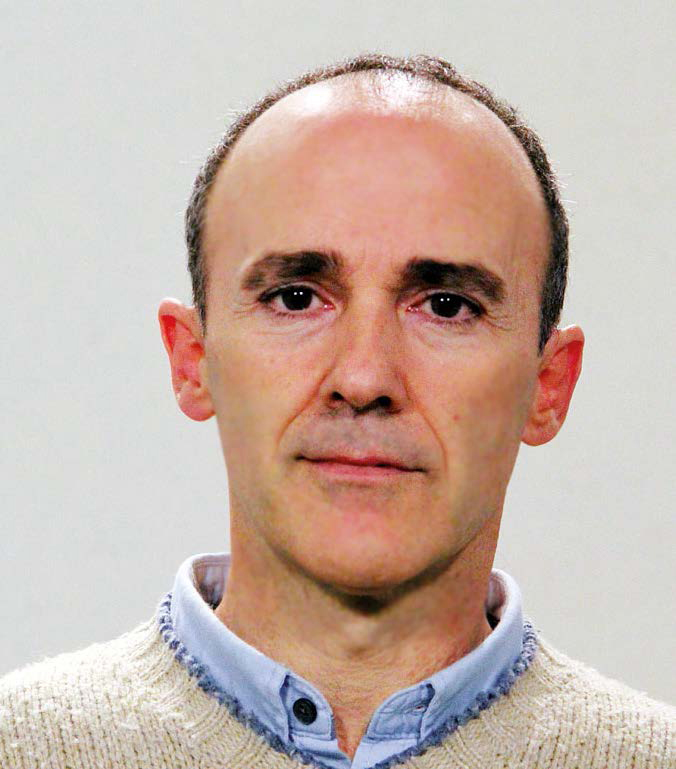 Interview with Josu Juaristi Abaunz, Confederal Group of the European United Left – Nordic Green Left
Interview with Josu Juaristi Abaunz, Confederal Group of the European United Left – Nordic Green Left
Mr Juaristi Abaunz is a journalist who was elected as MEP for the GUE/NGL group in May 2014. As MEP and member of the Environment, Public Health and Food Safety committee committee has worked on the circular economy, energy issues, radiation and transport emissions. Mr Juaristi Abaunz is also a substitute member on the Committee on Regional Development.
Who, in your opinion, will be the “winners and losers” in the transition towards an EU circular economy?
“Society, as a whole, stands to gain from the transition to an EU circular economy including citizens, business, the environment and public authorities. Moving from a linear to a circular economy will offer an opportunity to reinvent our economy, making it more sustainable and competitive. The environment will benefit as our resources will be enabled to re-enter the economic loop.
“Natural resources are finite, we are running out of them, and we need to keep in mind. In addition to this the Circular Economy will create new business opportunities linked, on the one hand, to innovation and eco-design and on the other, to resource recovery and recycling facilities. Moreover, citizens themselves will benefit from the economic and employment growth and from the opportunity to live in a healthier and more environmentally friendly Europe. Nevertheless, I would like to underline that this will only be completely achieved by amending the current proposal, especially regarding incineration; as not only landfilling, but also incineration plants are highly contaminating and are causing health problems. In our opinion, the final text should therefore narrow down the possibilities of the use of incineration to the minimum level, by measures such as banning the possibility of incinerating recyclables.
“However, we believe that transition should be without negative impact in the long run. It’s true that some business sectors might suffer from some short-term economic problems in the adaptation phase, but those will be compensated in the long run. Moreover, it must be noted that these companies will receive assistance in the transition.”
Do you see a role for the bioeconomy within the circular economy? If yes, where do you see links do you between the two systems?
“Both concepts are linked, of course. The bioeconomy is the response to the key environmental challenges that the world is already facing today. It is meant to reduce the dependence on natural resources, transform manufacturing, promote sustainable production of renewable resources from land, fisheries and aquaculture and their conversion into food, feed, fibre, bio-based products and bio-energy, while growing new jobs and industries. We propose that resources are managed in a way that preserves their value and energy, thereby enabling a circular economy as well as reduced costs for public authorities and minimised environmental and health impacts.\"
The EU is already a world leader in developing the technology to make renewable, bio-based products but it sometimes struggles to commercialise these in an age of low oil prices and continued high subsidies of the fossil fuel industry. What key measures need to be put in place to ensure the transition away from a linear and towards a circular, renewable economy helping us meet our GHG emissions reductions targets?
“First of all, incentives should be given both to business and consumers to promote renewable and bio-based products. The creation of a secondary raw material market, with guaranties, is hence crucial to break the commercialisation blockade and access the market. Moreover, good product design and eco-design are a prerequisite to ensure a real transition to a circular economy; as it allows for embodied energy to stay in the system for longer effectively preserving the value of materials and enabling a circular economy that is resilient, creates local jobs and does not harm people. Where products cannot be reused, repaired, disassembled, remanufactured, recycled or composted they should be redesigned or progressively phased out from the market.
“Additionally, we can learn a great deal from examples of best practice. For example, between 2011 and 2015 the province of Gipuzkoa in the Basque Country almost doubled recycling rates in five years and made investing in an incineration plant obsolete. Gipuzkoa is living proof that a transition towards a circular economy system of resource management is possible.”
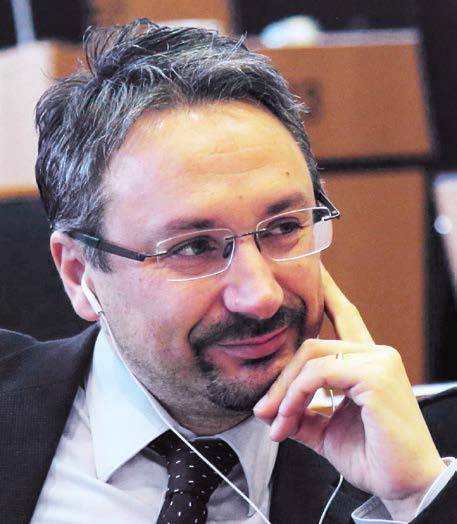 Interview with Piernicola Pedicini, European Freedom and Direct Democracy Group (EFDD)
Interview with Piernicola Pedicini, European Freedom and Direct Democracy Group (EFDD)
Mr Pedicini is a medical physicist and healthcare Director by background. As MEP, he is a member of the Environment, Public Health and Food Safety committee, a substitute member of the Committee on Industry, Research and Energy and coordinator for the EFDD political group.
Who, in your opinion, will be the “winners and losers” in the transition towards a circular economy?
\"EU citizens will be the main winners of the transition towards the circular economy in terms of better health and environment where we live. The benefits are several, starting from better information on the environmental footprint of products which would allow consumers to make informed choices.
\"In a circular economy, plans of obsolescence are phased out and citizens will not end up with broken products just after the end of the warranty period. The circular economy will incentivise producers to design longer lasting products which are easy to repair and recycle. The whole society will benefit from that as new green jobs will be created.
“Producers will also be winners in this transition as the circular economy will boost a market for secondary raw materials, creating better access and decreasing their production costs. I would say that the only losers in this process will be those companies who want to continue extracting and exploiting resources in a linear economy, such as fossil fuels companies.”
Do you see a role for the bioeconomy within the circular economy? If yes, where do you see links do you between the two systems?
“The bioeconomy sector certainly plays an important role in reducing Europe’s dependency on fossil fuels. Because of its potential, new technologies and processes for the bioeconomy with a high sustainability potential should be promoted. The bioeconomy can provide for resource-efficient products and materials which are key in a circular economy, for instance sustainable wood can be used as substitute for non-renewable materials.\"
The EU is already a world leader in developing the technology to make renewable, bio-based products but it sometimes struggles to commercialise these. In an age of low oil prices and continued high subsidies of the fossil fuel industry what key measures need to be put in place to ensure the transition away from a linear and towards a circular, renewable economy helping us meet our GHG emissions reductions targets?
“In order to enable the transition towards a circular economy, the first most urgent measure to take is to eliminate all environmentally harmful subsidies, such as those to the fossil fuel sector as well as funds to incinerators.
“According to a study from the International Monetary Fund, in 2015, the EU spent €330 billion on fossil fuel subsidies. The same study highlights that eliminating subsidies in 2015 would help governments save €2,9 billion (corresponding to 3,6% of GDP), cut CO2 emissions of over 20% and reduce premature deaths due to air pollution by 55%, thereby saving 1,6 million lives.
“Other essential measures to ensure the transition towards the circular economy are targets and indicators to measure resource consumption and the carbon footprint of products. Ecodesign standards are also essential to ensure that all products are resource-efficient, easy to reuse, repair, recycle and dismantle. The current revision of the waste legislation will be critical to improving waste management and towards establishing a waste hierarchy.
“Measures to improve waste prevention and reuse activities are also needed, along with a progressive phasing out of incineration and of the landfilling of waste.”
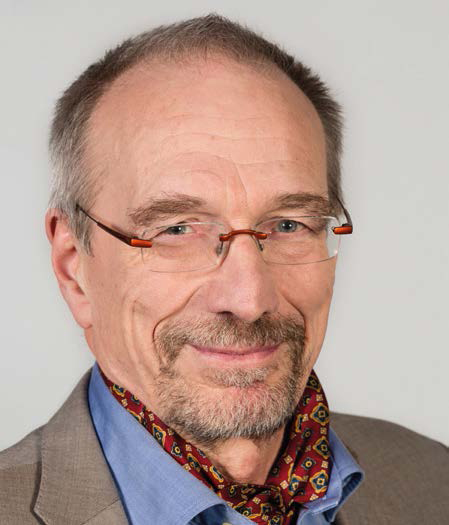 Interview with Nils Torvalds, Alliance of Liberals and Democrats for Europe
Interview with Nils Torvalds, Alliance of Liberals and Democrats for Europe
Mr Torvalds is a Swedish-speaking Finn who has previously worked as a broadcast journalist and writer. As MEP, Mr Torvalds is a member of the Environment, Public Health and Food Safety committee and a substitute member of five other committees including those on budgets, fisheries and economic and monetary affairs.
Who, in your opinion, will be the “winners and losers” in the transition towards a circular economy?
“I wouldn’t pick ‘winners and losers’ as such in this transition. The concept of the circular economy isn’t actually new, but is inherently logical: the need for efficient use of resources is still there, especially in a business perspective. All of us could benefit from a more circular way of thinking. We should of course bear in mind especially the administrative effects of the transition to a circular economy – it should be easy, not burdensome, to do the ‘right’ thing.”
Do you see a role for the bioeconomy within the circular economy? If yes, where do you see links do you between the two systems?
“Most definitely. The meaning of ‘bioeconomy’ is something that easily changes depending on who you ask – what is the bioeconomy? There are a lot of technological (and environmental) breakthroughs out there, which are definitely contributing to the transition to a more circular economy. The link between ‘bio’ and ‘economy’ has been made, which many times can be beneficial. However, we should be careful about what we mean with ‘bio’ and what we use the brand for.”
The EU is already a world leader in developing the technology to make renewable, bio-based products but it sometimes struggles nevertheless to commercialise these. In an age of low oil prices and continued high subsidies of the fossil fuel industry what key measures need to be put in place to ensure the transition away from a linear and towards a circular, renewable economy helping us meet our GHG emissions reductions targets?
\"Clear, long- term and stable frameworks – both political and economic – are essential. Because the legislative work is often slower than product or market development we, as legislators, have to be careful not to lock in solutions. This is of course demanding, as it is difficult to legislate for the future without exactly knowing what the future will look like.\"
Photo of Simona Bonafè: ©www.simonabonafe.eu
Photo of Josu Juaristi Abaunz: ©WikiCommons / Euskal Herria Bildu
Photo of Nils Torvalds: ©WikiCommons / Foto di David Iliff. Licenza CC-BY-SA 3.0


